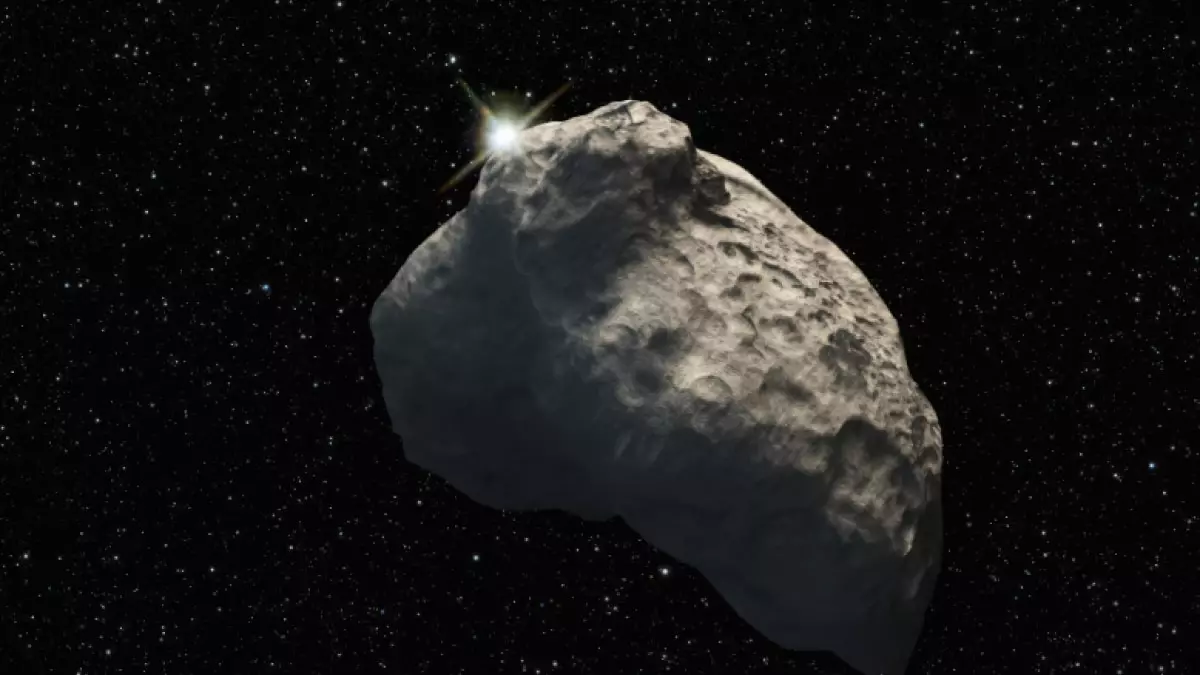Recent research has shed new light on the asteroid that collided with Earth 66 million years ago, triggering a mass extinction event that marked the end of the dinosaurs. Scientists have now determined that the impactor was a carbon-rich “C-type” asteroid, likely originating from the asteroid belt between Mars and Jupiter. This finding was made possible by studying ruthenium isotopes present in the global debris layer left by the impact at the Chicxulub crater.
The research team, led by Mario Fischer-Gödde from the University of Cologne, focused on ruthenium due to its scarcity in Earth’s crust, making it an excellent marker for extraterrestrial material. By analyzing samples from various locations such as Denmark, Italy, and Spain, they discovered a consistent isotope composition that matched that of carbonaceous asteroids. This finding dispels previous theories suggesting the impactor could have been a comet or that volcanic eruptions were responsible for the presence of rare metals like ruthenium in the debris layer.
The study indicates that the asteroid likely originated from the asteroid belt between Mars and Jupiter, possibly resulting from a collision between two asteroids in that region. However, there is a slight possibility that the asteroid came from the Oort cloud, a distant region surrounding the solar system. This uncertainty leaves room for further exploration and research to gain a better understanding of the causes of such catastrophic events.
Dr. Craig Walton from the University of Cambridge highlighted the significance of this research in deepening our understanding of Earth’s history. While there are still unanswered questions regarding the exact origins of the asteroid, the study provides essential insights into the nature of celestial objects that have significantly impacted the planet’s evolutionary path. These findings contribute to a broader understanding of how cosmic events have influenced life on Earth, offering new perspectives on the planet’s vulnerability to celestial impacts.
The recent research on the asteroid that led to the extinction of dinosaurs has provided valuable insights into the composition and origins of the impactor. By studying ruthenium isotopes in the debris layer left by the impact, scientists have been able to identify the asteroid as a carbon-rich “C-type” asteroid, originating from the asteroid belt between Mars and Jupiter. This discovery not only dispels previous theories but also opens up new avenues for further exploration and research into the causes of catastrophic events like asteroid impacts. The significance of this research lies in its contribution to our understanding of Earth’s history and the role of celestial objects in shaping the planet’s evolutionary path.

Leave a Reply